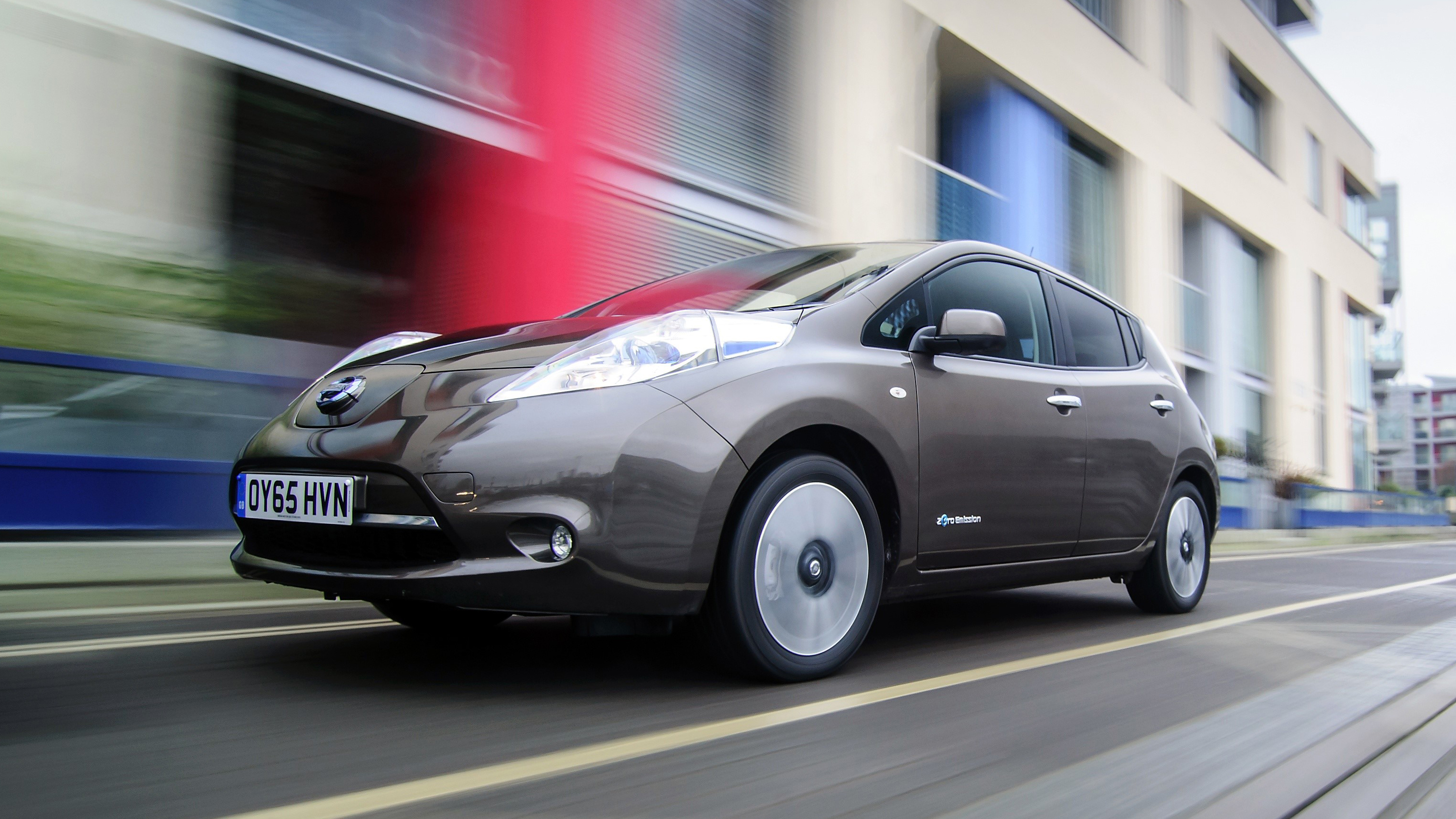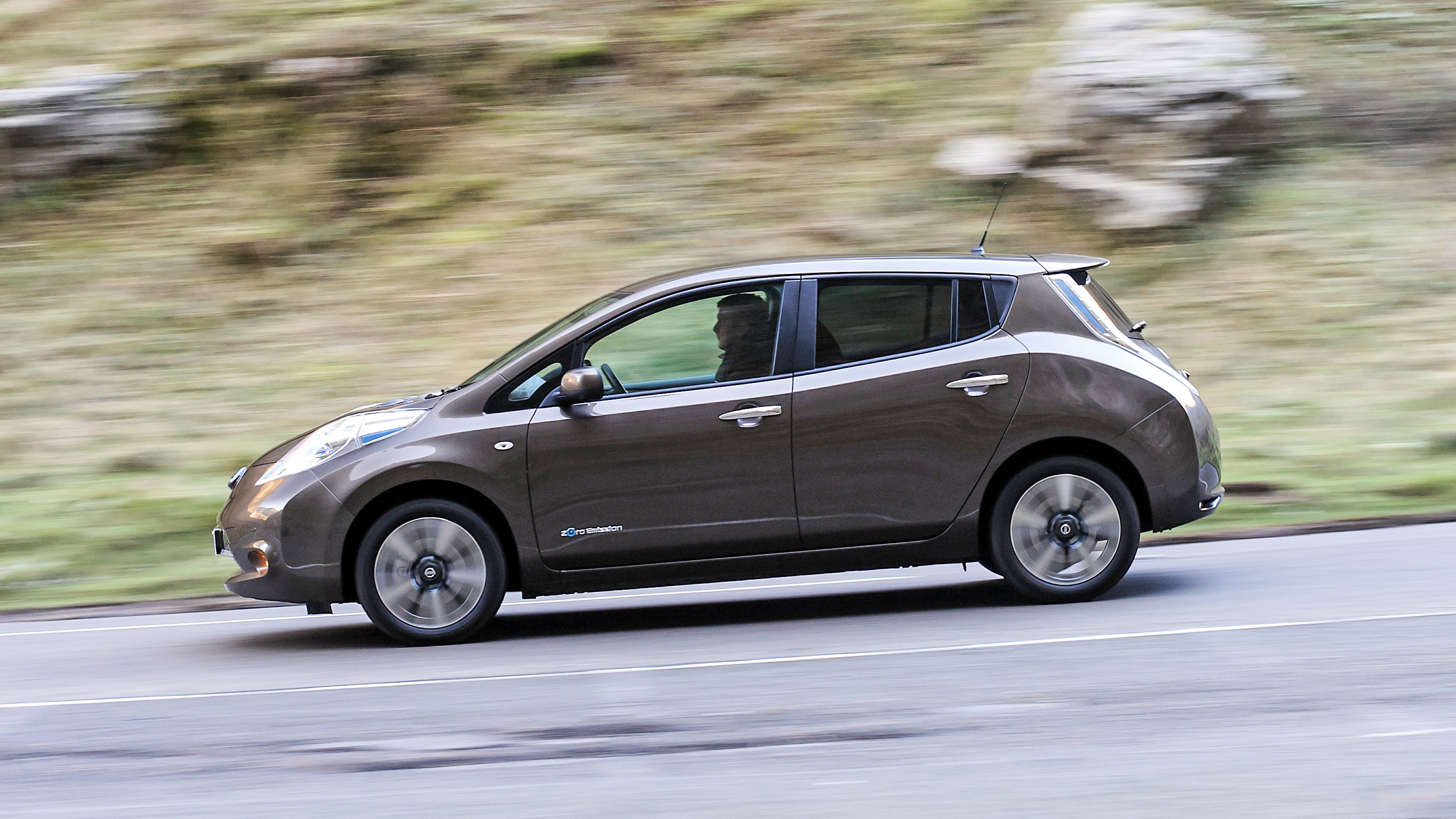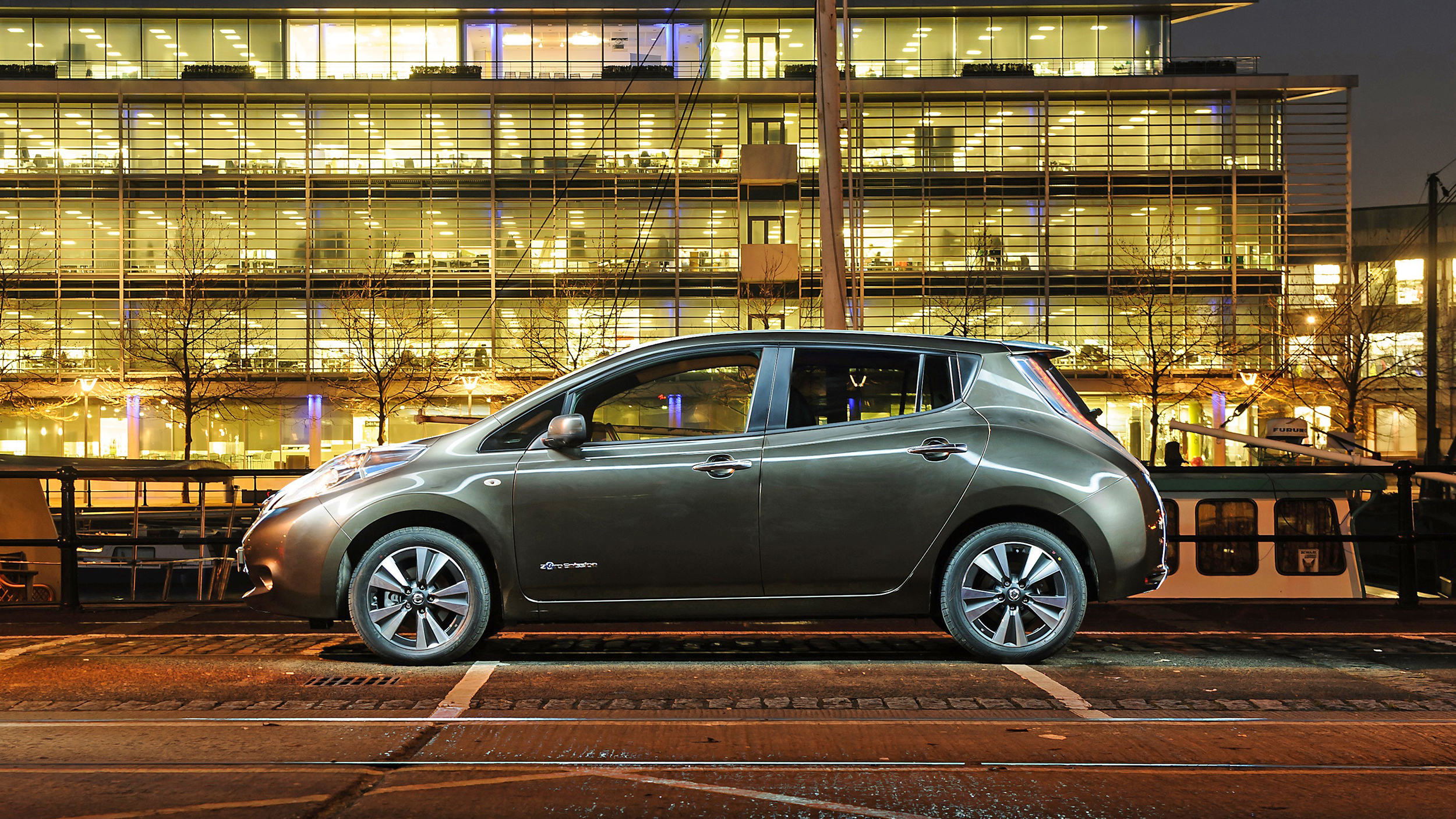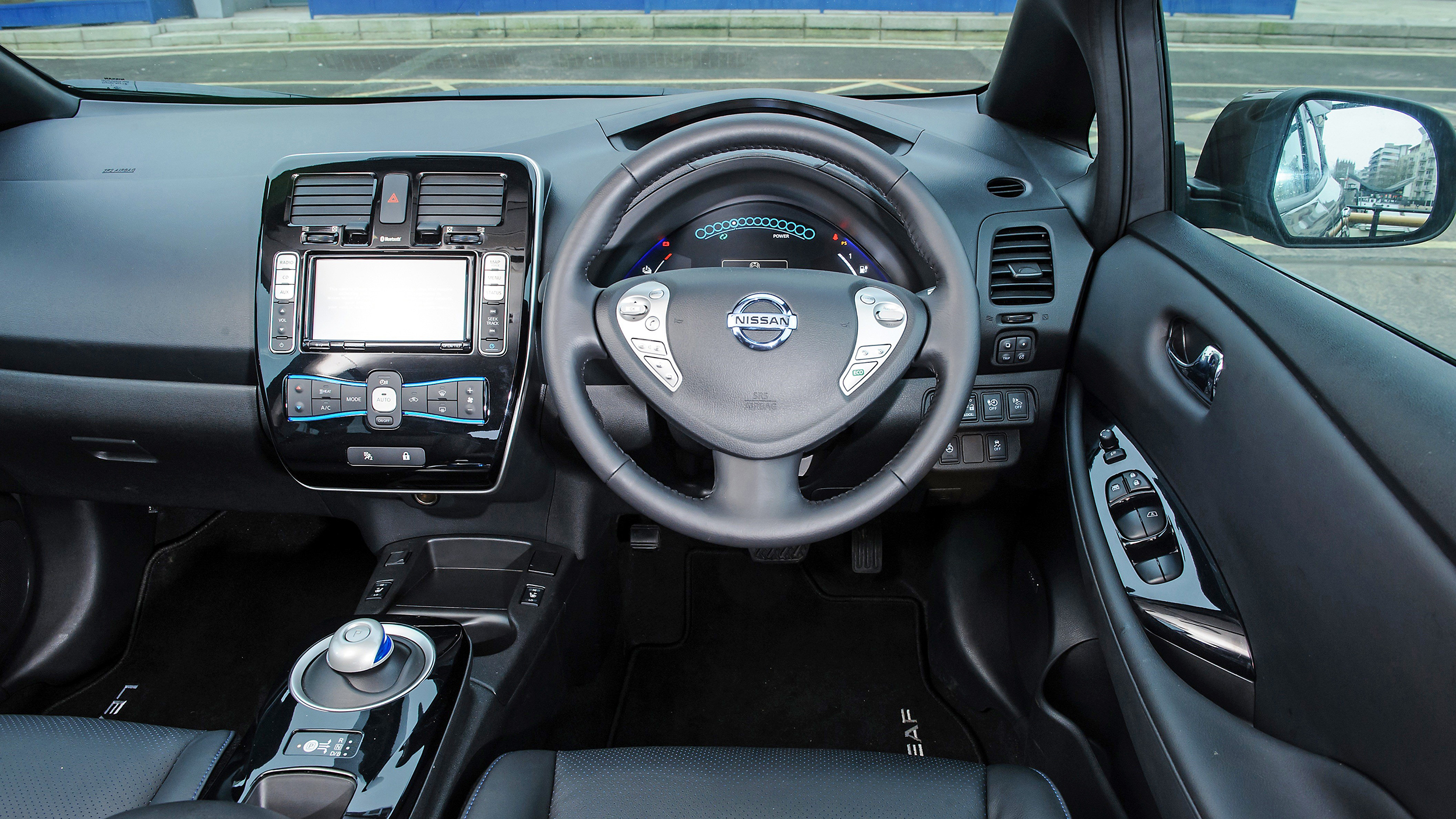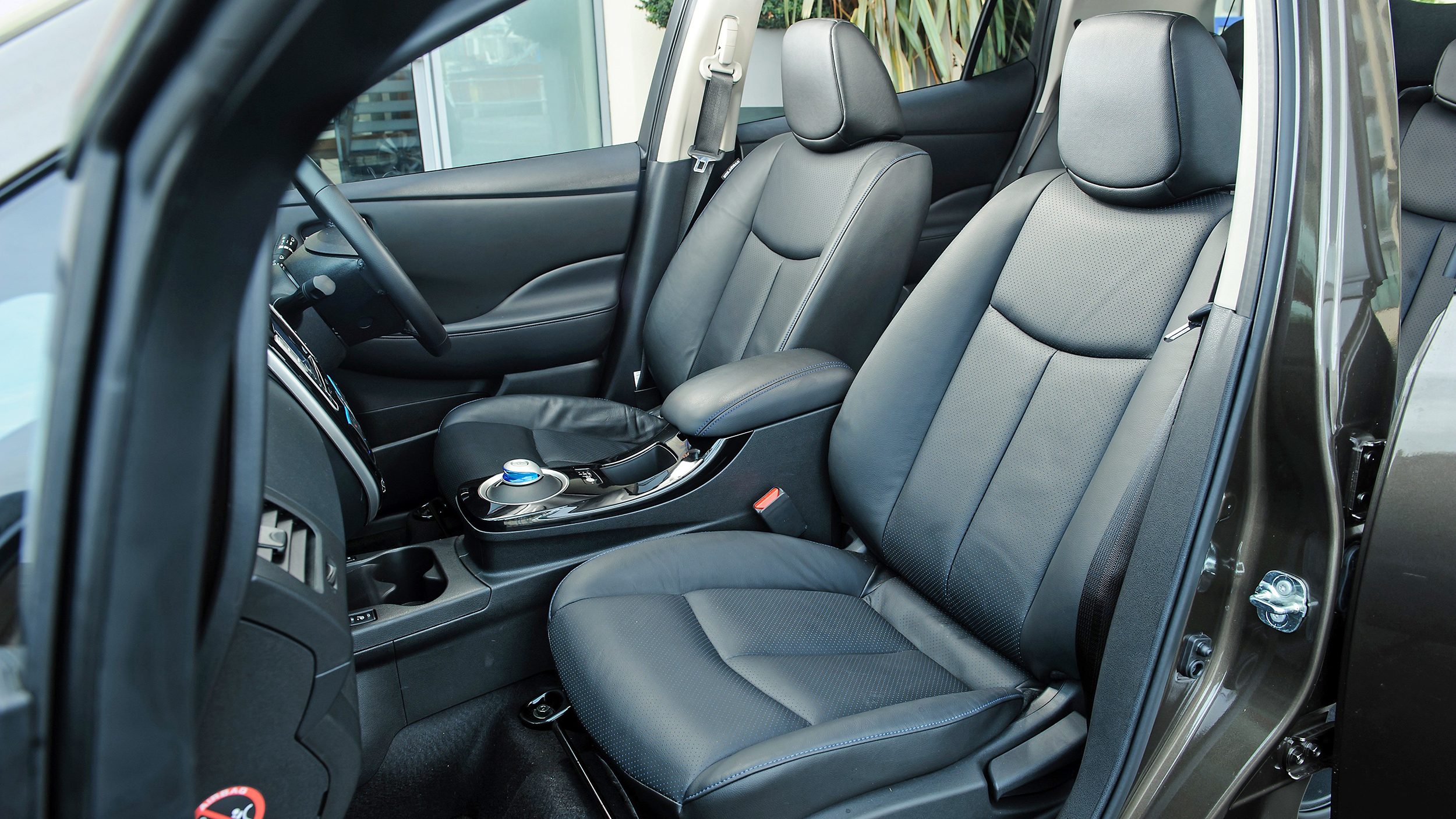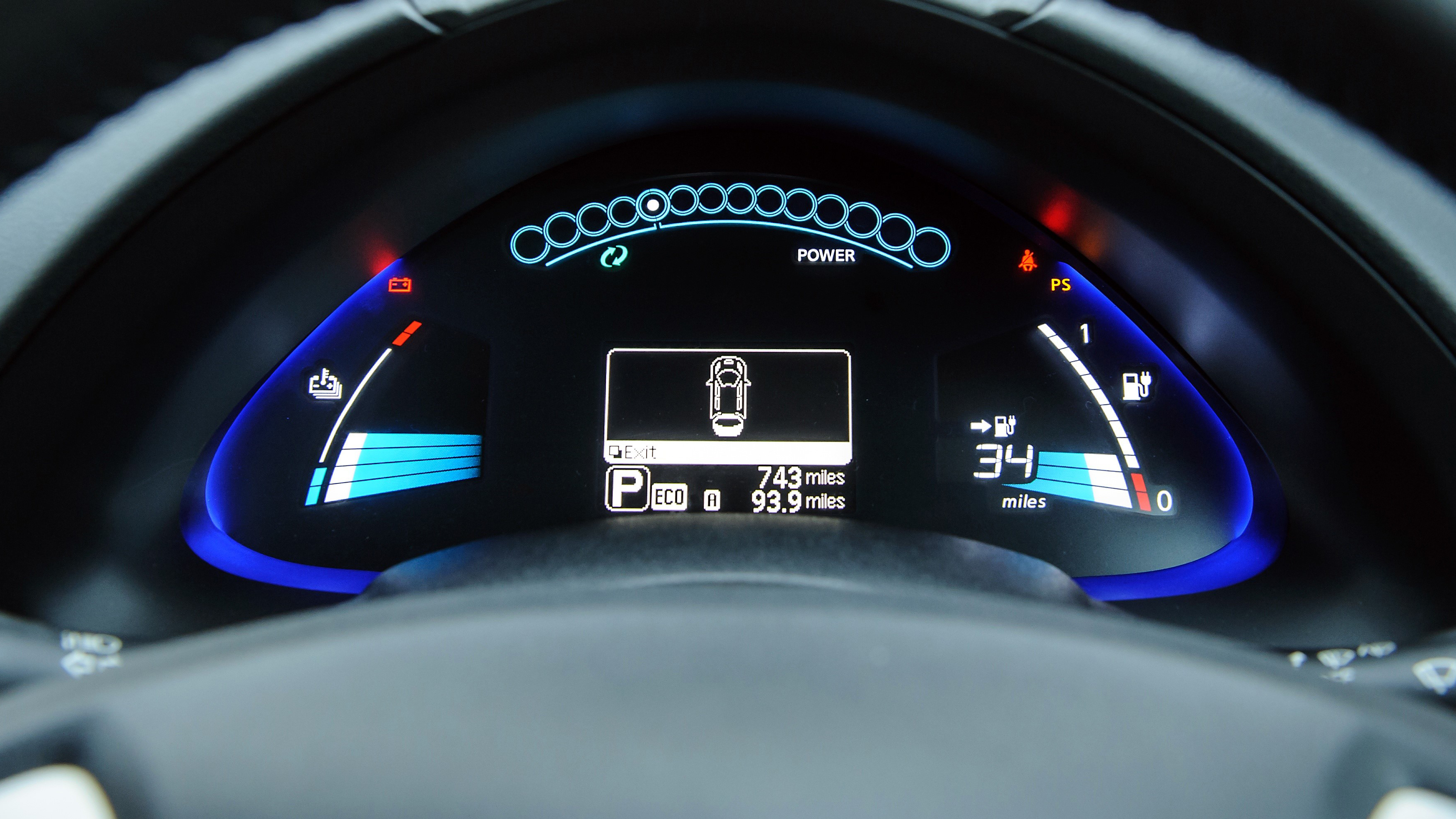
SPEC HIGHLIGHTS
- Battery
Capacity24kWh
- BHP
109bhp
- 0-62
11.5s
- CO2
0g/km
- Max Speed
89Mph
- Insurance
group26E
You’ve driven the Nissan Leaf before.
We have, and we’ve driven the Leaf 30kWh - with its longer range - already, too. But that was on its official press launch, with lovely sweeping French roads, and time slots in the car that were never likely to make range anxiety an issue. This time we’ve had a week with it in the real world.
So what have you done with it?
Simply commuted in it. Which is the toughest test of any electric car. No one buys them, least not EVs as sensible as this one, for something to enjoy on a quiet Sunday morning on their favourite back road. They are for extremely cheap commuting, for silently slithering through cities over relatively short distances.
And is the Leaf good at that?
It is. A simpler car to drive you will not find. There are two pedals, no gears and a nice, narrow shape that threads easily through the small gaps and width restrictors that can stifle other cars.
The instant torque of its electric motor also makes lighter work of nipping into those gaps than a petrol or diesel-powered engine would. Ignore the mundanity of 109bhp and an 11.5sec 0-62mph time; the Leaf really does take off very swiftly.
Surely that’s detrimental to the range?
Nissan claims up to 155 miles from this more commodious battery. That’s a best-case scenario, and in the interests of keeping things real, we ignored the drivetrain’s stifling ‘Eco’ mode and used the heated seats and air con with abandon.
Okay, so we’re also tarts and we like to go fast and be as warm as possible. But then who doesn’t? Mollycoddling the drivetrain immediately makes an EV less appealing than its fuel-powered equivalent, and if you’re wearing extra clothes just to skimp on using the heating, you might as well save more cash yet and just get the bus.
Top Gear
Newsletter
Thank you for subscribing to our newsletter. Look out for your regular round-up of news, reviews and offers in your inbox.
Get all the latest news, reviews and exclusives, direct to your inbox.
So what did it do?
We commuted across London for four days (pretty cold ones at that), and the battery was crying for a refill - with 13 miles remaining on its range - after we’d driven for 75 miles. So let’s be generous and say a 90-mile range all-in during winter.
That’s around 60 per cent of what Nissan says is possible, but it still made for nearly a week of quiet, stress-free commuting before we needed more electricity. And if you’ve a plug-in point at your home or workplace, that’s certain to be enough.
The perfect solution, then?
Some question marks still remain. My average speed over those 75 miles was, um, 9mph. In congested cities like London an EV works well; outside of them, you’ll be charging it more and probably fretting about your remaining range more frequently, too.
And you really need a house or flat with charging facilities to get the most out of a car like this. I don’t, and upon one occasion of getting stuck in a really bad traffic jam, I found myself turning the car off - and thus the heating and the stereo with it - when I saw the range drop as I sat stationary. It was anxiety bred from my infrequent exposure to pure EVs, I’m sure, and it’s something the familiarity of daily use would no doubt ease.
Would you actually have one?
With better charging facilities, I’d happily use a car like this Monday to Friday to lessen the pains of urban traffic, but ultimately I’d still require something petrol powered at home to amuse me on weekends and holidays. If an EV is a good way to offset a polluting plaything - something future car taxation could, and perhaps should, reflect - I’m all for it.
Featured

Trending this week
- Car Review
BMW iX3




